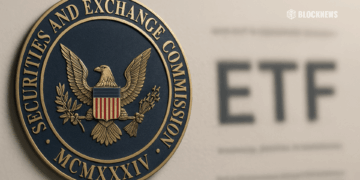- Top 10 wallets now control 62.3% of SHIB supply, about 623 trillion tokens.
- Largest holder is the burn wallet with over 410 trillion SHIB; exchanges like Binance and Robinhood dominate the rest.
- SHIB ownership is more concentrated than Ethereum (51%) and Uniswap (52.2%), raising both risks and stability questions.
Fresh numbers from Santiment show just how concentrated Shiba Inu’s ownership really is. The top 10 wallets alone now hold 62.3% of the entire SHIB supply — that’s around 623 trillion tokens out of the original 1 quadrillion minted. Most of these are tied up in burn addresses and big exchanges, but the sheer concentration has caught attention.
Breaking Down the Biggest SHIB Holders
Etherscan data paints a clearer picture. The single largest holder is the official burn wallet, which contains 410.43 trillion SHIB. This is the same address where Ethereum co-founder Vitalik Buterin sent more than 410 trillion tokens back in 2021, and it has since become Shiba Inu’s main sink.
The second-largest wallet is more mysterious. It holds about 53.37 trillion SHIB — over 5% of the supply — but its owner hasn’t been confirmed. Analysts believe it could be a DEX smart contract. Beyond that, names we all know show up: Robinhood, Binance, and Crypto.com each control billions of tokens, with Robinhood’s main wallet holding 39.27 trillion (3.92%) and Binance’s hot wallet containing 30.71 trillion (3.07%). Smaller but still massive addresses, some tied to Robinhood and Binance, fill out the rest of the top 10.
Concentration Compared to UNI and ETH
For perspective, SHIB is even more concentrated than other big Ethereum-based assets. Uniswap’s top 10 wallets hold 52.2% of UNI, while Ethereum’s top addresses control about 51% of ETH. Shiba Inu’s 62.3% concentration puts it well above both.
Of course, this isn’t necessarily a ticking time bomb. The burn wallet alone makes up the largest share, and much of the rest sits in centralized exchanges — not in the hands of a single whale who could dump it all at once. Still, it shows how tightly controlled SHIB’s liquidity really is, and why big moves in those top wallets can ripple quickly across the market.














